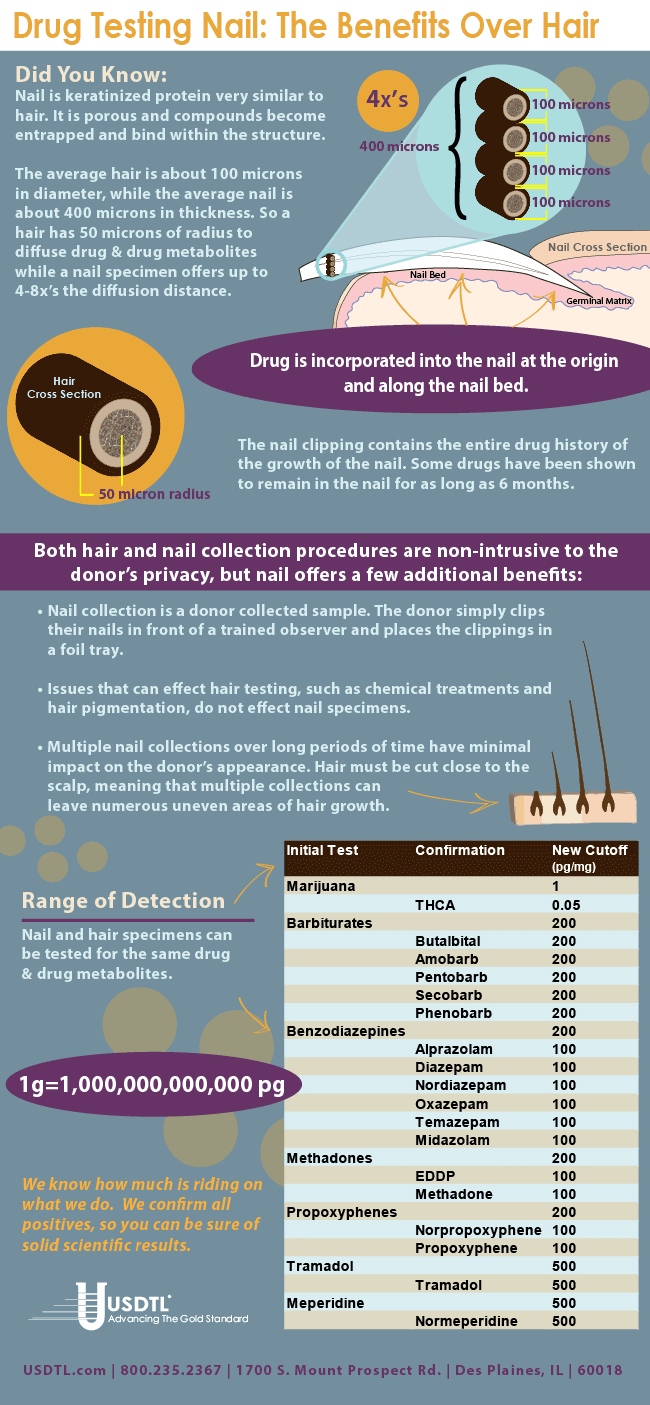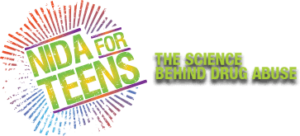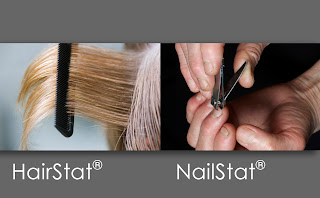Alcohol Consumption Infographic
Showing: USDTL

 Pot Plans: Efforts Surge in Congress to Reform Marijuana Laws
Pot Plans: Efforts Surge in Congress to Reform Marijuana Laws
Read more: http://swampland.time.com/2013/02/06/pot-plans-efforts-surge-in-congress-to-reform-marijuana-laws/#ixzz2KiIw4pXr
Colorado Legislature Gears Up to Debate Drugged Driving Limits:
http://www.drugfree.org/join-together/drugs/colorado-legislature-gears-up-to-debate-drugged-driving-limits
Is Pot Smoking a Stroke Trigger?
http://bit.ly/VK8lZC

USDTL Supports NIDA Drug Facts Week 2013-
Follow us on Twitter as we share tweets and facts regarding drug and alcohol abuse.
@USDTL
Opiod and Pain Reliever Facts: http://teens.drugabuse.gov/drug-facts/opioids-and-pain-reliever-facts
Facts on Marijuana: http://teens.drugabuse.gov/drug-facts/marijuana
Exstacy (MDMA): http://teens.drugabuse.gov/drug-facts/ecstasy-mdma
Spice, Salvia and Bath Salts: http://teens.drugabuse.gov/facts-drugs/spice-salvia-and-bath-salts
United States Drug Testing Laboratories, Inc. has an active research department. Our latest scientific paper is on “The Detection of 1-Palmitoyl-2-oleoyl-sn-glycero-3-phosphoethanol and Ethyl Glucuronide in Human Umbilical Cord. ” was published in the American Journal of Analytical Chemistry, 2012, 3, 800-810 doi:10.4236/ajac.2012.312106 Published Online December 2012 (http://www.SciRP.org/journal/ajac)
Feel free to contact us at 1-800-235-2367 for more information.
For Release Immediately
December 31st, 2012
 DES PLAINES, IL— HairStat® / NailStat®Improved Cutoffs — Today, United States Drug Testing Laboratories, Inc. announced that they will introduce lower substances of abuse screening and confirmation cutoffs for hair and nail specimens.
DES PLAINES, IL— HairStat® / NailStat®Improved Cutoffs — Today, United States Drug Testing Laboratories, Inc. announced that they will introduce lower substances of abuse screening and confirmation cutoffs for hair and nail specimens.
Positive Customer Impact
Many customers have already benefited from using USDTL as a laboratory that can customize drug testing to suit their needs. The improvement of the cutoffs means that customers can now have a wider range of detection for certain substances of abuse, and can be assured that they are receiving positive drug screen confirmations not currently available at market place. The breadth and sensitivity of the profiles make these tests more effective.
HairStat® / NailStat® Availability
These improvements in HairStat and NailStat are driven by USDTL’s ongoing commitment to be a leader in alcohol and substances of abuse detection. These cutoffs will be effective for hair and nail specimens received at USDTL on or after January 2nd, 2013.
Established in 1991 as a specialty drug testing facility, United States Drug Testing Laboratories, Inc. quickly became a leader in the industry. They have made significant breakthroughs by developing procedures to effectively use specimens to diagnose alcohol and substance misuse and abuse. They offer a wide range of testing services and specialize in hard to detect substances of abuse and customized assays.
For more information please visit http://www.USDTL.com
###
USDTL, HairStat®, NailStat® are trademarks of Unites States Drug Testing Laboratories, Inc. in the United States and/or other countries.
For more information on HairStat® or NailStat®:
Video links from “The Doctors” re: Newborns Exposed to Drugs And Alcohol in The Womb.
 Methamphetamine Babies
Methamphetamine Babies
Registered nurse Linda West and fellow Angels in Waiting nurses join The Doctorsto share their experiences fostering abandoned methamphetamine babies. OB/GYN Dr. Lisa Masterson explains how using methamphetamine while pregnant affects a growing fetus.
Angels In Waiting
More than 550,000 babies are born every year after exposure to drugs and alcohol in the womb. These babies are often born premature and with serious health issues, which make them “unpopular” for adoption. Registered nurse Linda West took matters into her own hands and founded the organization Angels in Waiting, a network of neonatal intensive care unit nurses who become foster parents for abandoned babies
How We Can Help
USDTL CordStat® definitively confirms opioid exposure. Many NAS babies are poly-substance exposed in utero. CordStat 12 and 13 drug panels identify the majority of opioids along with many drugs often associated with NAS. Positive results are an objective measure and often times the only flag that baby’s home life may need extra care. Go to www.USDTL.com to learn more.
 Q: Is there a test that can differentiate between fetal exposure to heroin and fetal exposure to morphine during the birthing process?
Q: Is there a test that can differentiate between fetal exposure to heroin and fetal exposure to morphine during the birthing process?
A: Yes. The umbilical cord tissue or meconium from a baby whose mother was administered morphine during delivery will only be positive for morphine. The umbilical cord of a baby that is positive for Meconin and/or Monoacetylemorphine (6-MAM) in addition to morphine is indicative of heroin exposure.
Knowing the difference can help doctors and nurses provide a better outcome for baby’s treatment plan.
USDTL now offers a sensitive test for Meconin which is helpful in determining exposure to heroin. Visit www.USDTL.com – testing services for information on umbilical cord testing or contact client services at 800-235-2367.
 Q: What is Meconin and why is it important in newborn toxicology?
Q: What is Meconin and why is it important in newborn toxicology?
A: Morphine is the predominant metabolite of heroin, but morphine is also a stand alone drug and a metabolite of codeine. Some mothers are provided morphine during delivery. Historically, there have been instances where heroin using moms could not be distinguished from moms given morphine during delivery. Meconin is a contaminating constituent from poppy that is present in heroin. Therefore, like Monoacetylmorphine – a metabolite of heroin, the presence of Meconin indicates the use of heroin and when found in newborn specimens indicate fetal exposure to heroin.
USDTL offers Meconin testing in both umbilical cord tissue and meconium.
Click here to find out more about our testing services
Why USDTL requires Forensic Specimen Handling for all but research projects
 As you know, the primary specimen handling issues that differentiate a forensic from a clinical toxicology specimen are:
As you know, the primary specimen handling issues that differentiate a forensic from a clinical toxicology specimen are:
* securing the specimen with a tamper-evident seal
* a documented chain of custody.
A positive test result may do more than affect the newborn’s treatment. Today, a further consequence of a positive newborn toxicology report may involve intervention by the State due to a significant number of jurisdictions requiring reporting of all positive newborn toxicology results. In some instances, these positive results may ultimately lead to termination of parental rights. Therefore, it is very important that all newborn specimens be handled as if they may be litigated. It is this distinct possibility of litigation that is the driving force behind USDTL’s requirement for proper chain-of-custody handling. It is also the reason why CAP-accredited laboratories follow forensic procedures in all areas including newborn toxicology services.
The minimum criteria to ensure the integrity of the chain-of-custody for a specimen is the presence of an intact tamper-evident seal and the signature and date of the collector or the individual that prepared the specimen for send out. A tamper-evident seal is supplied with each USDTL Chain-of-Custoday and Control Form for your convenience. Our concern is in the best interests of our smallest patients.
- Umbilical Cord Tissue Testing for SSRIs
- A Comparison of Turnaround-Times for Two Popular Specimen Types Used for Newborn Toxicology: Meconium and Umbilical Cord Tissue
- Using Umbilical Cord Tissue to Identify Prenatal Ethanol Exposure and Co-exposure to Other Commonly Misused Substances
- Toxicology as a Diagnostic Tool to Identify the Misuse of Drugs in the Perinatal Period
- Specimen Delay
- Drug Classes and Neurotransmitters: Amphetamine, Cocaine, and Hallucinogens
- Environmental Exposure Testing for Delta-8 THC, Delta-9 THC, Delta-10 THC, and CBD
- Bromazolam and Synthetic Benzodiazepines
- October 2024 (5)
- March 2024 (1)
- February 2024 (1)
- January 2024 (3)
- December 2023 (1)
- November 2023 (1)



